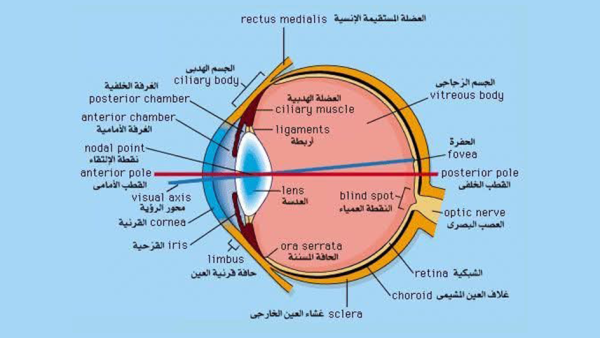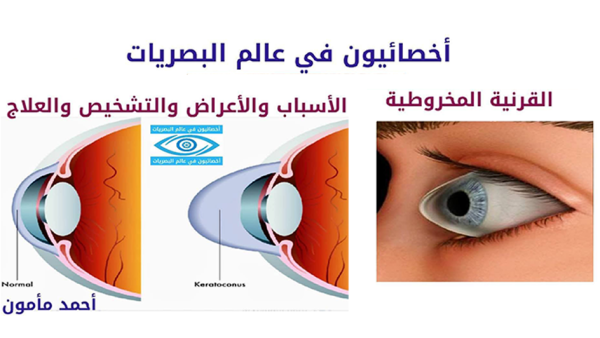Difference Between Spherical, Aspheric, and Double Aspheric Eyeglass Lenses
When choosing eyeglass lenses, it’s important to understand the main optical designs that affect vision quality and comfort. There are three primary designs: Spherical, Aspheric, and Double Aspheric lenses. Each design varies in how the lens curves are shaped, impacting thickness, clarity, and distortion.
1. Spherical Lenses
- Have a constant curve on both front and back surfaces.
- Advantages:
- Most common and easy to manufacture.
- Lower cost.
- Good central vision.
- Disadvantages:
- Spherical and chromatic distortions at edges.
- Thicker and heavier lenses.
- Increased magnification or minification.
2. Aspheric Lenses
- Curve varies only on the front surface (non-constant).
- Advantages:
- Corrects spherical aberration.
- Improved image quality and better peripheral vision.
- Thinner and lighter than spherical lenses.
- Better for higher prescriptions.
- Disadvantages:
- Higher cost due to complex manufacturing.
- Requires precise pupil distance (PD) measurement.
- Not ideal for very simple or plano prescriptions.
3. Double Aspheric Lenses
- Curves vary on both front and back surfaces.
- Advantages:
- Thinnest and lightest among the three designs.
- Best suited for high prescriptions.
- Disadvantages:
- Highest manufacturing cost.
- Needs exact PD measurement.
- Not suitable for low prescriptions.





Leave a comment